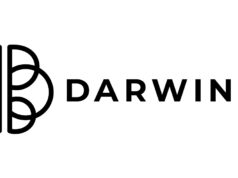After each year, researchers are put into a difficult position questioning the advancements made in curing deadly diseases. While technology has seen massive growth, medicine, in particular, is a difficult field to make any immediate advancement. Simply put, unlike testing a code on your Laptop, medicine involves testing it on a human being – which comes at a greater risk!
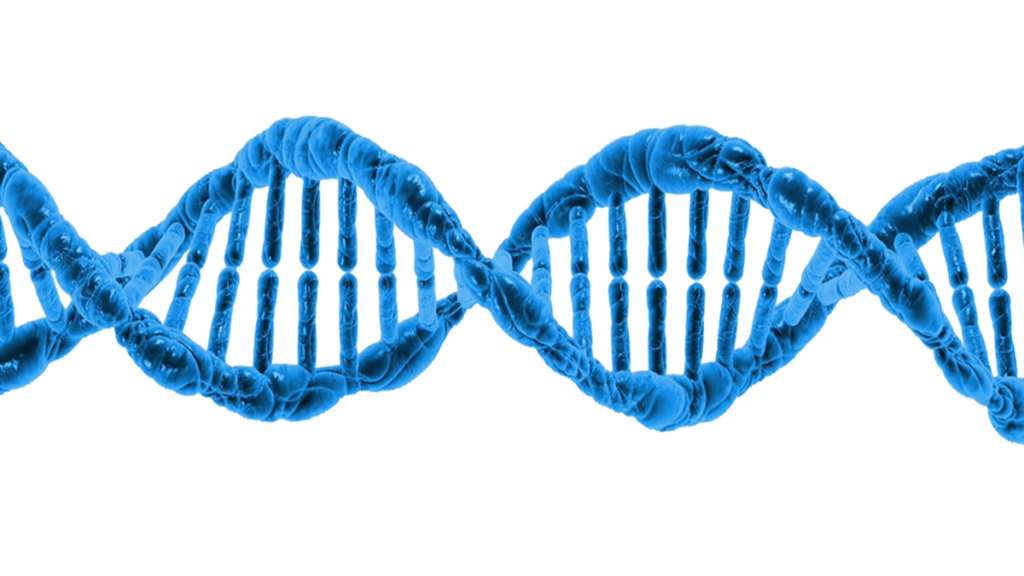
However, gene editing technology seems promising and if all goes well – it will revolutionize the field of medicine! So, what is this technology and how does it work? Well, if you stick to the end of this blog, you will find out!
CRISPR
Clustered Regularly Interspaced Short Palindromic Repeats, or CRISPR short, is the technology that will allow scientists to make changes to a person’s DNA. As crazy as it might sound, this technology makes use of a protein called Cas9 which is akin to a pair of scissors. Similar to how scissors are used to cut through paper, Cas9 is programmed to cut the DNA at the specified location.
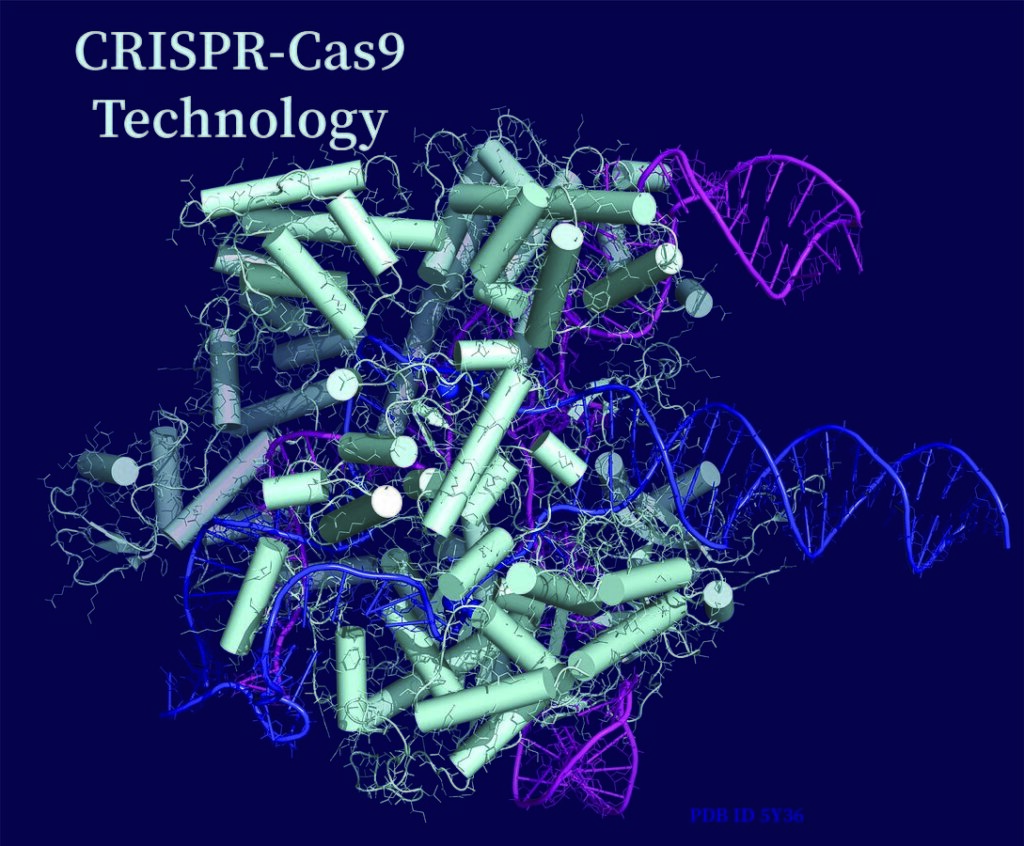
How does it work?
The real question would be – how would Cas9 know where to cut and where not to? This guidance is provided by a small RNA molecule – programmed to match the sequence of DNA that needs alteration. However, before guidance, the scientist should know which section of DNA is to be cut. As soon as this sequence is identified, Cas9 is guided to that location. While it is there, it creates a break within the DNA strand, triggering the cell’s natural repair mechanism. Post alteration, scientists would introduce a new strand to fill the void of the broken site.
Applications of CRISPR
1. Treatment for genetic diseases.
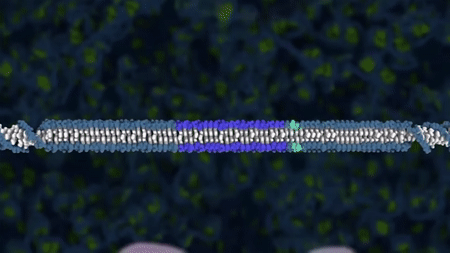
For a long time, we have only been able to control the adversity of genetic diseases like Sickle cell, Huntington’s, and cystic fibrosis through medicines. But with CRISPR, we would not just be able to control it even better – instead, scientists would be able to treat it fully. For sickle cell diseases, in particular, scientists are using CRISPR to edit the gene responsible for the issue in blood stem cells. Once these cells are edited, they can be transplanted back into the patient, potentially curing the disease.
2. New, and better ways to treat Cancer
Cancer stems from the multiplication of cells beyond the need. If there is a way to control this malignant growth, we can cure cancer with ease. This is where CRISPR comes into the picture! Scientists are using CRISPR to edit the sequences of genes that are responsible for cell growth and division. In addition to this, CRISPR is being used to develop new immunotherapy medicines that would improve the immune system’s ability to fight cancer.
3. Creating animal models to mimic human diseases.
For scientists to study genetic diseases better, they can use CRISPR to fit the genomes of an Animal. This way, they would be able to create models of human diseases. Ultimately, they would be able to better understand the changes that are most likely to happen to a human. As a result, the time taken for drug development will drastically come down.
4. Genetically modified crops

CRISPR applications span beyond just treating humans, but also altering the sequence of any living organism. That is why, CRISPR is being experimented with in bringing about change in crop varieties that are more resistant to pests, and environmental stresses. This way the crops would no longer need a flush of pesticides for harvest. Thereby, addressing food insecurity and minimizing the environmental impact of agriculture.
Ethical considerations that must be taken into account
Even if CRISPR can clear all the technical hurdles, it is important for the scientists using it to take into account the ethical considerations. In short, the person should use it ethically. Almost like how nuclear power is only being used for electrification despite its other applications. But, why?
1. Biological Weapons
For a technology with this much sophistication, it is bound to have implications if used by the wrong group of people. Biological weapons can be made even deadlier using CRISPR technology.
2. Complications post-gene editing
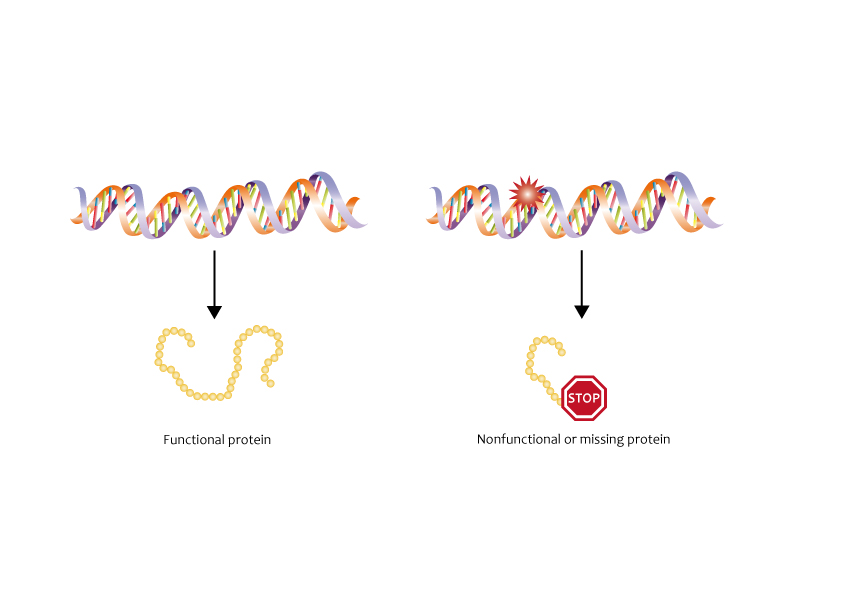
Since we are talking about editing the building block of life as we know of, things can go well or horribly wrong. For instance, CRISPR can introduce a new mutation into the genome, which might make a patient’s case even worse.
3. “Mutant Babies”
A group of scientists have launched a project which uses CRISPR to edit a gene called CCR5 making the offspring resistant to diseases such as HIV, Smallpox and Cholera. However, the downside of this would be “designer babies” or “mutant babies” with desirable traits.
Bottomline
CRISPR is yet to reach its 100% potential, and when it does – medicine would reach new heights and it would never be the same as how it used to be. With good comes the bad, and with CRISPR comes serious ethical conditions.




